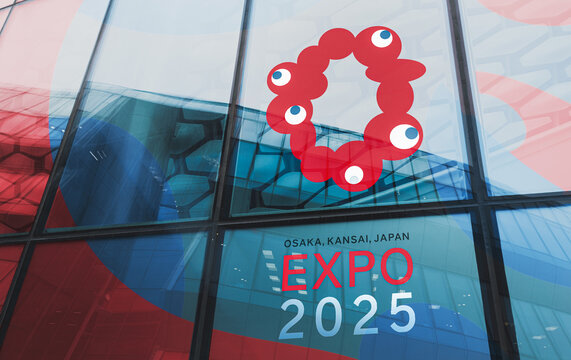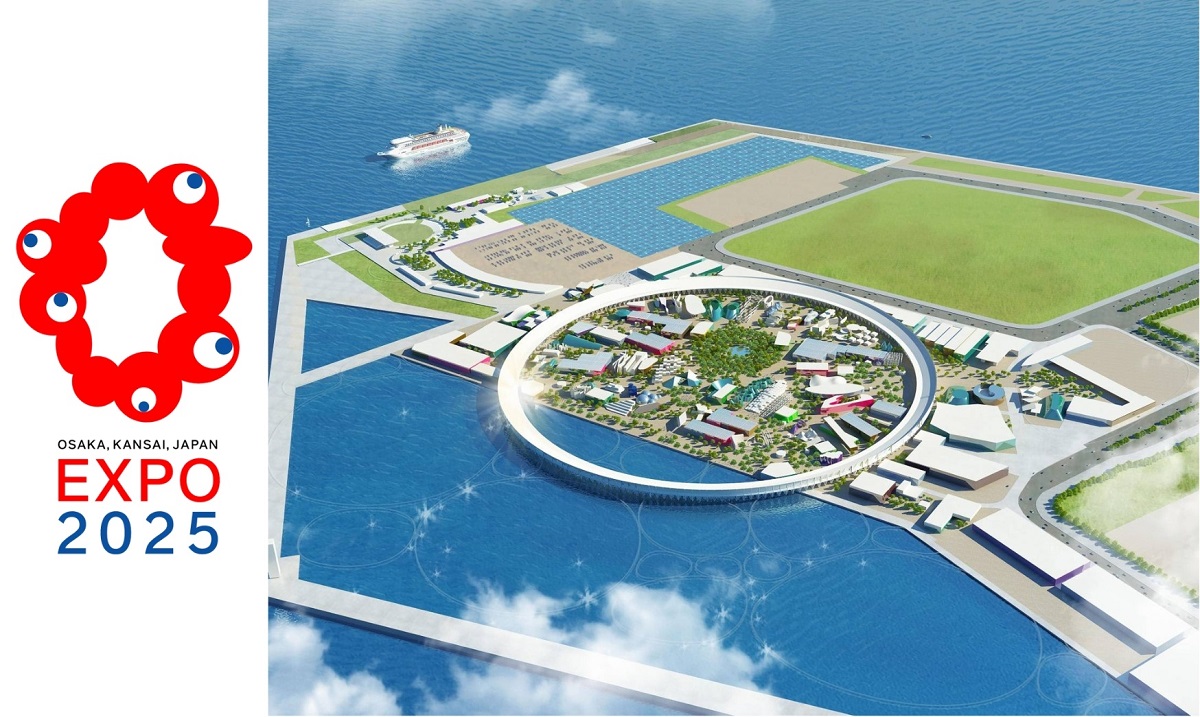

Expo 2025 Japan—officially titled Expo 2025 Osaka, Kansai, Japan—is a global exposition scheduled to take place from April 13 to October 13, 2025 (25 Farvardin to 21 Mehr 1404) on Yumeshima Island in Osaka, within the Kansai region of Japan.
Key Facts:
"Designing Future Society for Our Lives"
This theme focuses on sustainable development, scientific and technological innovation, improving human quality of life, and addressing global challenges such as climate change, population aging, public health crises, and social inequality.



More than 150 countries and 25 international organizations are expected to take part. Many nations—including Iran, which has applied to have a national pavilion—will have their own dedicated exhibition spaces.
The exhibition layout is organized in a circular format known as the “Grand Ring”, designed by the renowned Japanese architect Sou Fujimoto. Exhibition areas include national pavilions, thematic zones, innovation parks, and cultural spaces.
Expo 2025 is set to become one of the most technologically advanced world expos in history. Innovation highlights include:
Expo 2025 aims to:
Yumeshima is a man-made island in Osaka Bay, undergoing redevelopment specifically for the expo. Post-event, it will serve as a hub for technological and cultural innovation.
Osaka, one of Japan’s oldest and most influential cultural centers, has played a vital role in the country’s history. In ancient times, it served as a strategic gateway to China and Korea, introducing new religions, technologies, and culture. During the Edo period, Osaka became Japan’s commercial capital—dubbed the “Kitchen of Japan”—and fostered a thriving class of merchants, artisans, and artists. It was here that performance arts like Bunraku and Kabuki evolved. Today, Osaka remains a major center for traditional performing arts in Japan, and the National Bunraku Theatre is located there.

A Living Lab at Expo 2025 is a real-world, urban-scale experimental environment where emerging technologies, social innovations, and new ways of living are tested and observed as part of everyday life. Visitors are not just spectators—they become active participants in shaping future society.
Living Lab Goals:
Living Lab Activities Include:
Expo 2025 Osaka’s Living Lab is among the most ambitious attempts to imagine and test the future of human life: Visitors become part of a living ecosystem of design, experimentation, learning, and societal innovation.
The SDGs are 17 global objectives adopted by the UN in September 2015, aimed to be achieved by 2030. They outline a comprehensive agenda for economic, social, and environmental progress without compromising future generations.
By hosting Expo 2025, Japan seeks to:
Author: Mohsen Seraji | Creative Director and Futures Researcher